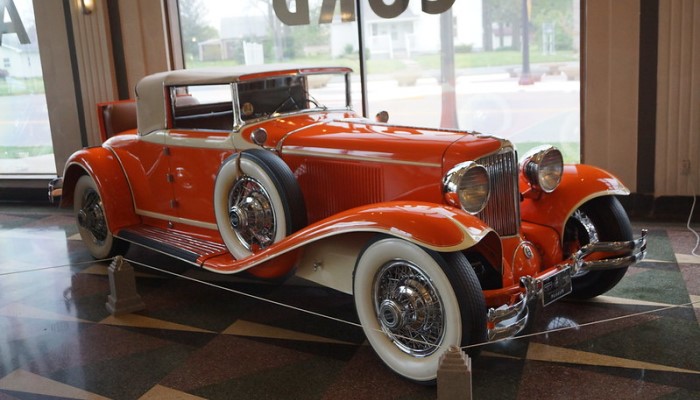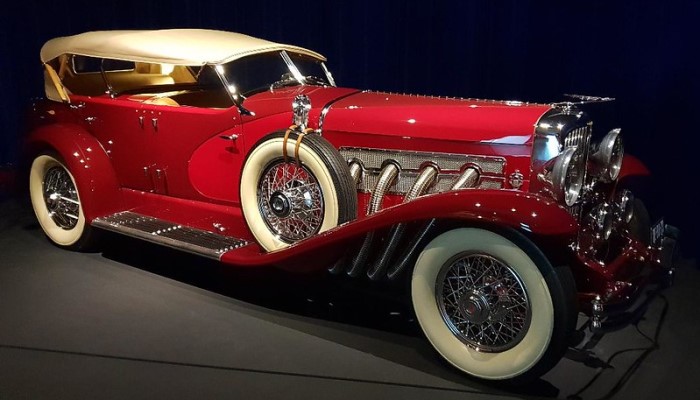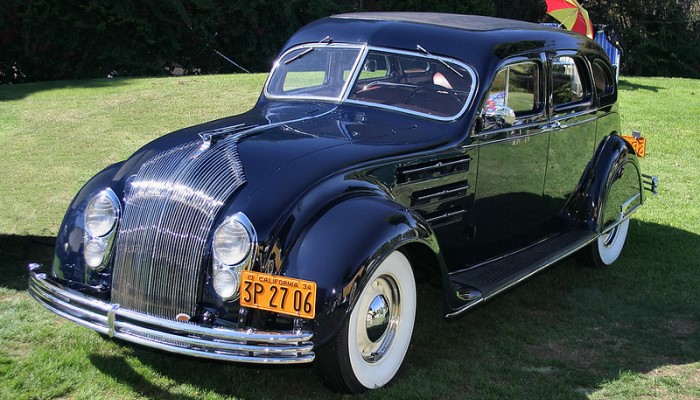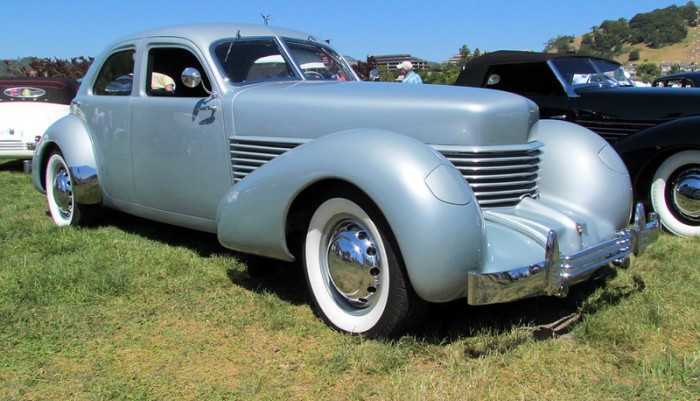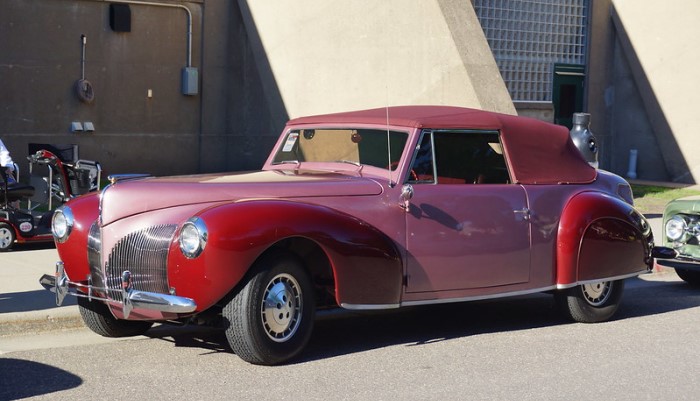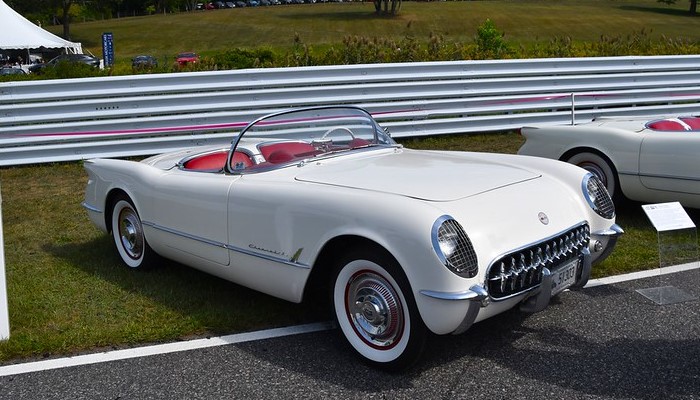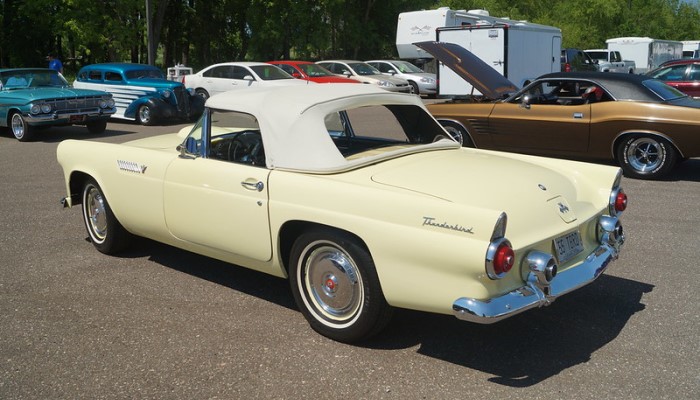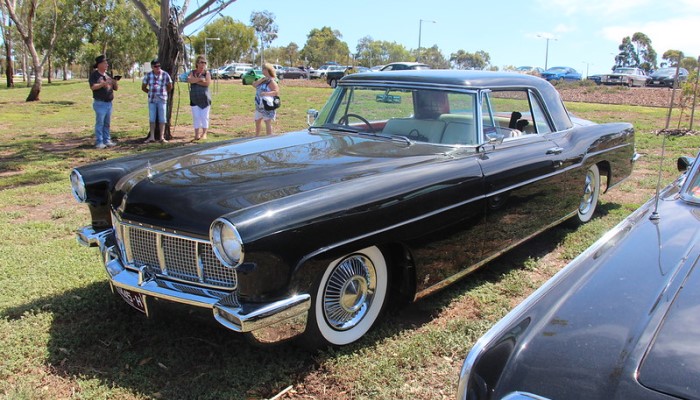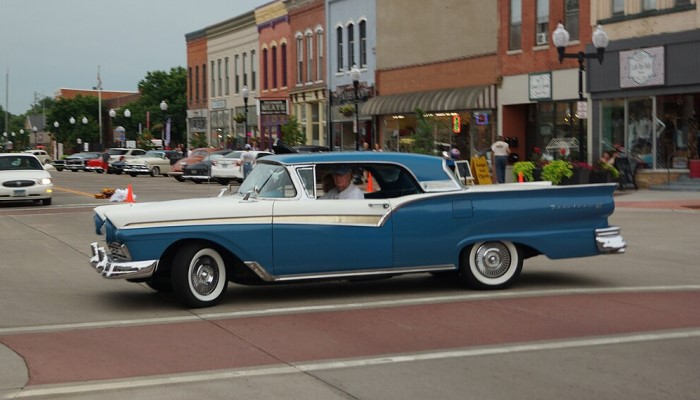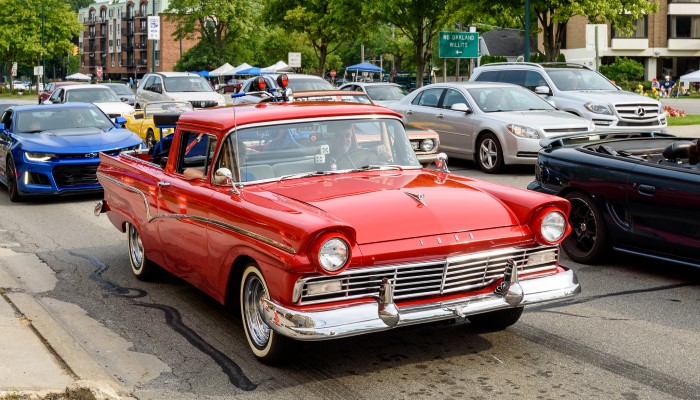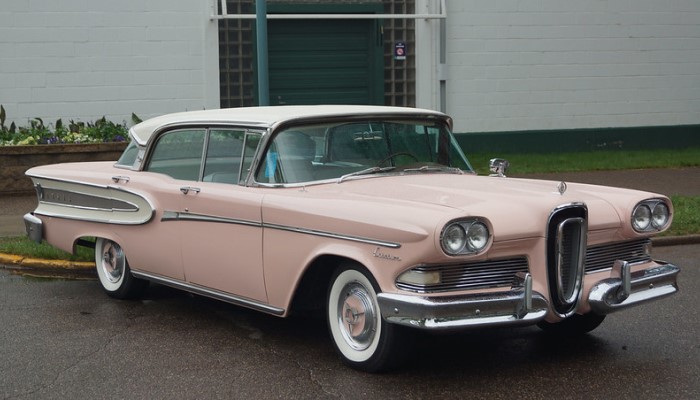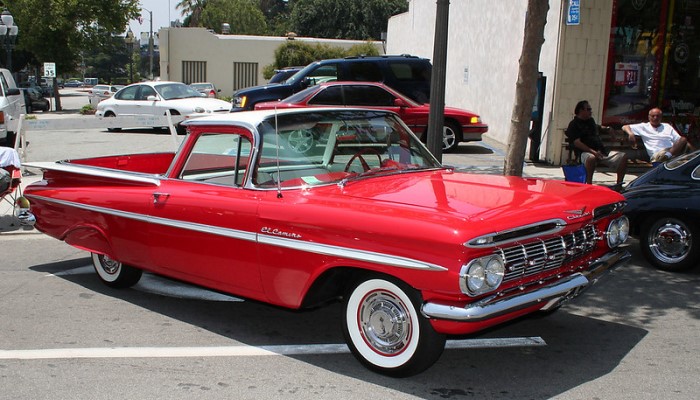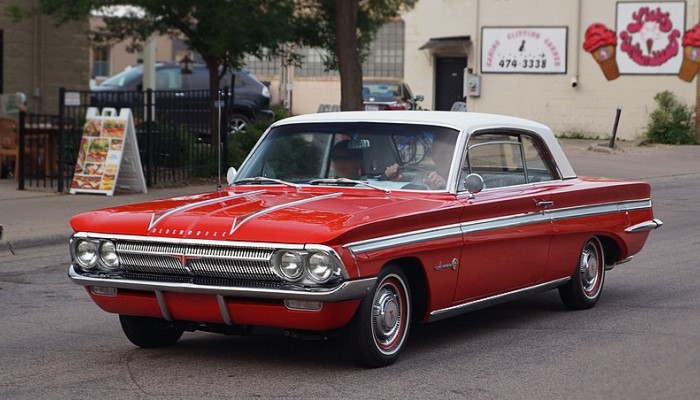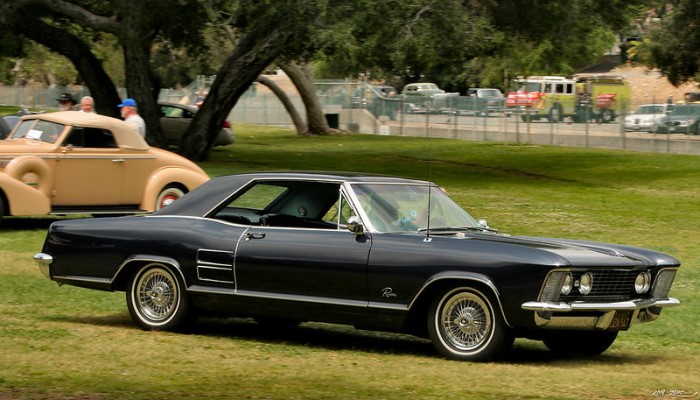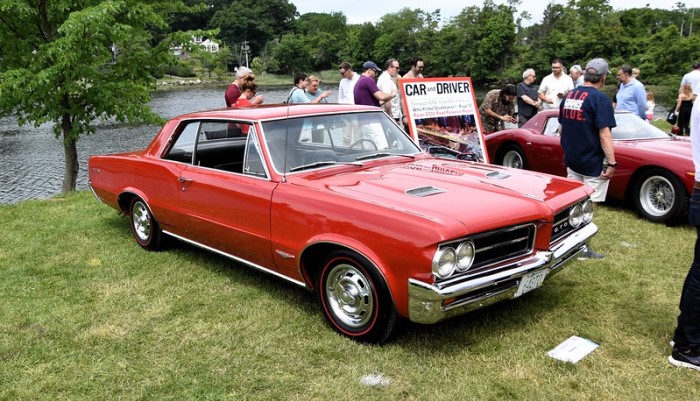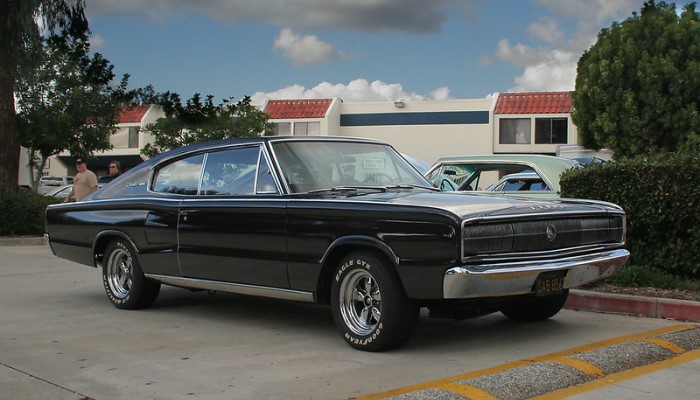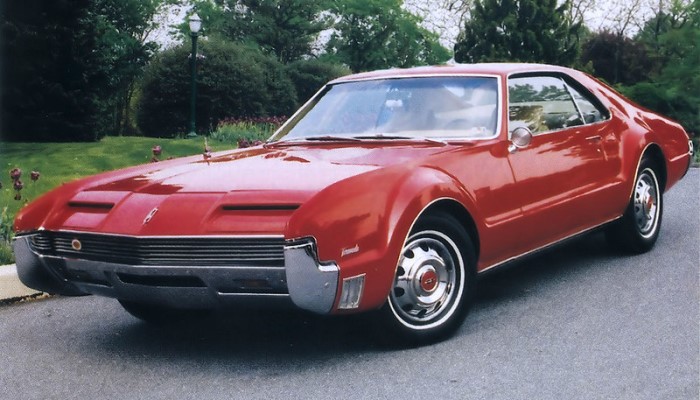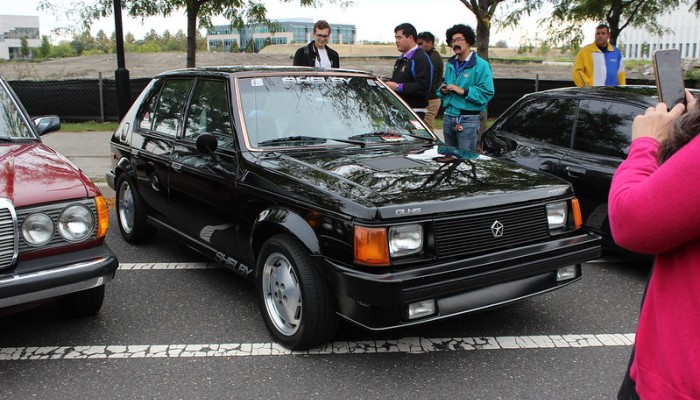American Cars
Ah, American cars from the good ol' days. They were big, they were loud, and boy were they full of character. If you've ever taken a ride in one of these beauties, you know exactly what I'm talking about. Here are some of the characteristics that made American cars until 1990s truly unique:
1. Size: American cars were known for their massive proportions. If you needed to haul your family of five, the family dog, and half your neighbor's groceries, an American car had you covered.
These vehicles were like floating living rooms on wheels, with enough space to stretch out and relax. Who needs personal space when you can have personal acres?
2. V8 Engines: If you were looking for power, American cars were the way to go. These babies were equipped with monstrous V8 engines that could make heads turn and tires screech.
Why settle for a regular car when you could have a mobile adrenaline rush? America didn't just invent the horsepower, they raised it to new heights.
3. Gas Guzzlers: With great power comes great responsibility, right? Wrong. American cars of yesteryear had a notorious thirst for gasoline. They were the true kings of the pump, guzzling fuel like there was no tomorrow.
Let's be honest though, who needs to save the planet when you can have the open road and a full tank of gas? Right?
4. Tail-fins and Chrome: American cars were all about the bling-bling. They were adorned with shiny chrome accents and tail-fins that could rival an airplane's wingspan.
These cars weren't just vehicles, they were rolling fashion statements. If you wanted to turn heads, you definitely needed a car with enough shimmer and shine to blind oncoming traffic.
5. Bench Seats: Forget about separate bucket seats, American cars had one giant bench seat that could fit the whole gang. Who needs individual seats when you can cozy up next to your loved ones?
It was like a never-ending group hug on wheels. However, you might want to grab a seat-belt, unless you wanted to end up snuggling with the dashboard during a sudden stop.
6. Quirky Design Choices: American cars weren't afraid to take risks when it came to design. From fake wood paneling to asymmetrical headlights, these cars were full of interesting choices. It was like the automotive industry's version of a disco party - wacky and full of surprises.
7. Loud Exhausts: American cars weren't interested in being sneaky. They wanted to announce their presence with authority. These cars had exhausts that rumbled like a thousand angry grizzly bears, letting everyone within a 10-mile radius know that you were coming. Talk about making a grand entrance.
So there you have it, folks. The characteristics of American cars until 1990s were oversized, powerful, and full of personality. They may not have been the most practical or fuel-efficient, but they sure knew how to make an impression.
So next time you see one of these classic rides on the road, take a moment to appreciate the unique charm that only American cars can deliver.

Unique Car Zone Team
A group of several fans of everything that moves on four wheels, a few article creators, a couple of marketing strategists, designers, web developers, and lots of coffee.
Cord L-29
In the 1926 sports season, Miller's front-wheel drive racing cars won eight times. Erret Lobban Cord, the head of the automotive empire, who decides what kind of car the new Cord brand will be, finally opted for front-wheel drive.
Duesenberg SJ
This masterpiece first appeared in 1932, and its creation, as well as the creation of the J model, became possible only thanks to Erret Lobban Cord. He wanted to produce "the best car in the world"...
1934 Chrysler Airflow
By the end of 1933, the six-year work was completed, and the finished Airflow prototype was sent for testing, where a six-seater car with an in-line eight-cylinder engine of 324 cu in (5,318 cc) and 130 hp...
Cord 810
In the fall of 1935, at the New York, Chicago, and Los Angeles car shows, the new Cord was a bombshell.
Such a modern car, with a huge number of the latest technical developments...
1940 Lincoln Continental
Returning to Dearborn in April, Edsel finally decided that the car would go into series production under the name "Continental" along with the new Lincoln Zephyr series, representing the most expensive model in this series.
Chevrolet Corvette C1 (1953-1955)
The legend called Corvette began in late 1951. Actually, the GM company was not very interested in the sports car market; the capacity of this market was measured in the region of ten thousand cars per year,...
1955 Ford Thunderbird
In the early 1950s, Americans who stayed in Europe for work after the end of World War II returned home. Many of them brought with them unusual, by American standards, European sports cars.
Studebaker Golden Hawk
In July 1956, Speed Age magazine compared Studebaker's Golden Hawk with the most famous US sports cars of those years - the Chrysler 300 B, Ford Thunderbird and Chevrolet Corvette...
1956 Continental Mark II
In an era when all American companies competed in the amount of chrome per square inch and the height of the tail fins, the Mark II pleased with its laconic style.
Ford Fairlane 500 Skyliner
Ford approved the project in 1953, and young engineer Ben Smith, who was brought in from GM that same year, had only 18 months to complete the project.
1957-1959 Ford Ranchero
When it was introduced at the New York Auto Show in 1956, the Ranchero was something completely new that the American public had not had the opportunity to see until that moment.
Edsel Citation
The most characteristic and memorable feature of Edsel cars was the cowl-shaped radiator lining, graceful horizontal taillights and original interior colors.
1959-1960 Chevrolet El Camino
What made the El Camino special was the long list of optional equipment, and in its first year, 22,000 copies were sold and the El Camino overtook the Ford Ranchero in sales. But, problems arose the next year...
Oldsmobile F-85 Jetfire
Its beginnings date back to 1962, when the American giant GM introduced two new cars to its local market: the Chevrolet Corvair and the Oldsmobile F-85 Jetfire. Both will hit the market within a few weeks of each other, ...
1963 Buick Riviera
Journalists noted the high quality of workmanship, a very spacious interior compared to the same Ford Thunderbird, excellent acceleration and braking dynamics by class standards, as well as a good balance of handling...
1964 Pontiac GTO
Car historians will probably agree that the American muscle car revolution began in 1964 when Pontiac introduced the GTO option on the Tempest model, but this was far from a new idea.
1966 Dodge Charger
A characteristic original feature of the Charger was the radiator grille, called the "electric shaver." The grille covered the nose so that the headlights were hidden behind it, a design feature used by Chrysler stylists...
1966 Oldsmobile Toronado
The father of the project for this car was the talented engineer John Beltz. Back in 1954, General Motors engineering departments began work on creating the so-called "Unitized Power Package".
Dodge Omni Shelby GLH-S
Shelby's expertise in performance engineering combined with Dodge's innovative spirit resulted in the creation of the GLH-S – a car that pushed the boundaries of what a compact hatchback could do.
